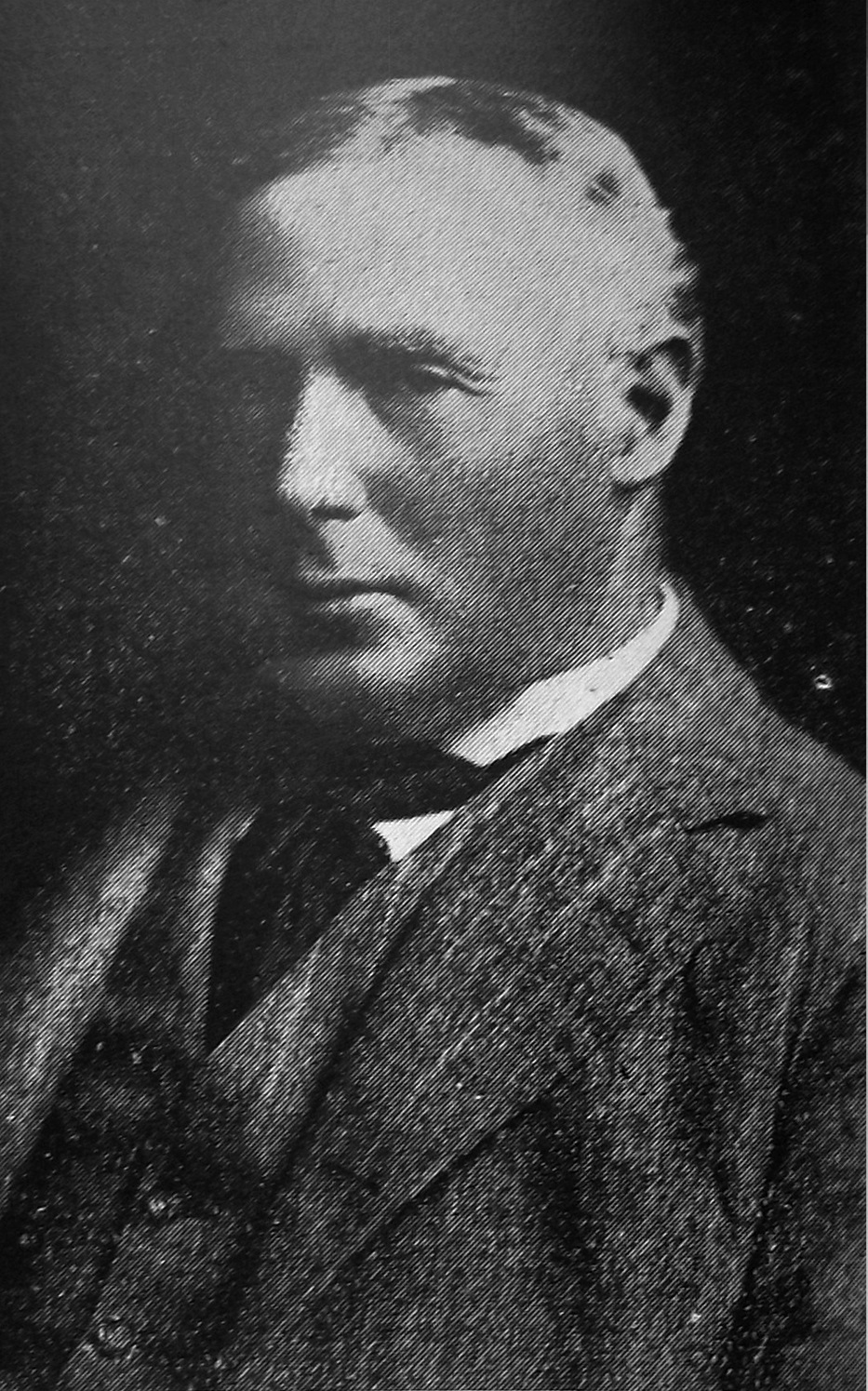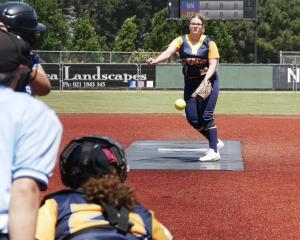

A ‘little fishing village’
Wellington, October 1: An unusual interlude occurred in the Legislative Council this morning. The Hon Mr Cohen asked the Leader of the Council a question in regard to the amount of the Government contributions towards financing the New Zealand and South Seas Exhibition. Mr Cohen having received a reply from the Attorney-general, the Hon G.J. Garland, rose and declared that now they knew that Dunedin was receiving £75,000 free of interest, it was about time other parts of New Zealand demanded to know how they were getting on.
Sir Thomas Mackenzie: ‘‘Why, you are full of money up in Auckland.’’
“We are not full of money,” protested Mr Garland indignantly. “We want our share of the country’s finance the same as Dunedin. If the honourable gentlemen had not raised the question I would not have said what I have said. You want to make it apparent that you are concerned about one little fishing village in this country. That is all I wanted to say.”
Volcanic disaster recounted
One of the most startling events in the history of New Zealand — the Tarawera eruption of 1886 — was dealt with last evening at a meeting of the Dunedin branch of the Overseas Club by Dr J.E. Holloway, who, in addition to lecturing on the actual occurrence and its effects showed a large number of lantern slides to illustrate his subject.
“Every New Zealander,” said Dr Holloway, “ought to know something of the terraces at Lake Tarawera, and of the great eruption that destroyed them.”
There had been practically no signs of any unusual activity that would serve as a warning of an approaching eruption before the disaster, Dr Holloway explained. A few weeks before a party of tourists, while on the lake, had noticed a little tidal wave, but had taken practically no notice of it. Ruapehu had been smoking and steaming peculiarly, but no warning had been taken of those signs. Three days before, Guide Sophia had gone over the terraces but everything had been normal. Then with great suddenness on the morning of June 11, 1886, the residents of Wairoa were awakened by an extra violent earthquake, followed by rumblings. That was at 1 o'clock in the morning. By 2 o'clock the rumbling became a roar and at 6 practically all was over — Wairoa was practically destroyed. Mount Tarawera could be seen in full blast. Columns of smoke mounted, and through them could be seen the red glare, reflected from the lava. Fireballs were descending everywhere. Lightning flashed and the display was awesome. Later came blackness, and the people of Wairoa saw no more. Then the people of Rotorua got their scare. They had seen Tarawera blow up and the ejected ash blew towards them. A change of wind was their salvation, for it came from the southwest and curried the results of the disturbance with it. The death roll had been 147 Maoris, 50 of whom had been buried 30 feet deep at Te Ariki. Dr Holloway traced the effects of the eruption and showed a number of slides of the pink and white terraces, and the district.
Japanese aim for Hawaii
Honolulu September 28: Civilian Japanese aviators are planning to fly from Japan to Hawaii next year according to a Japanese language newspaper. The flight is sponsored by the Tokio newspaper Mancho. The Japanese army and navy favour the attempt.— ODT, 2.10.1925
Compiled by Peter Dowden











